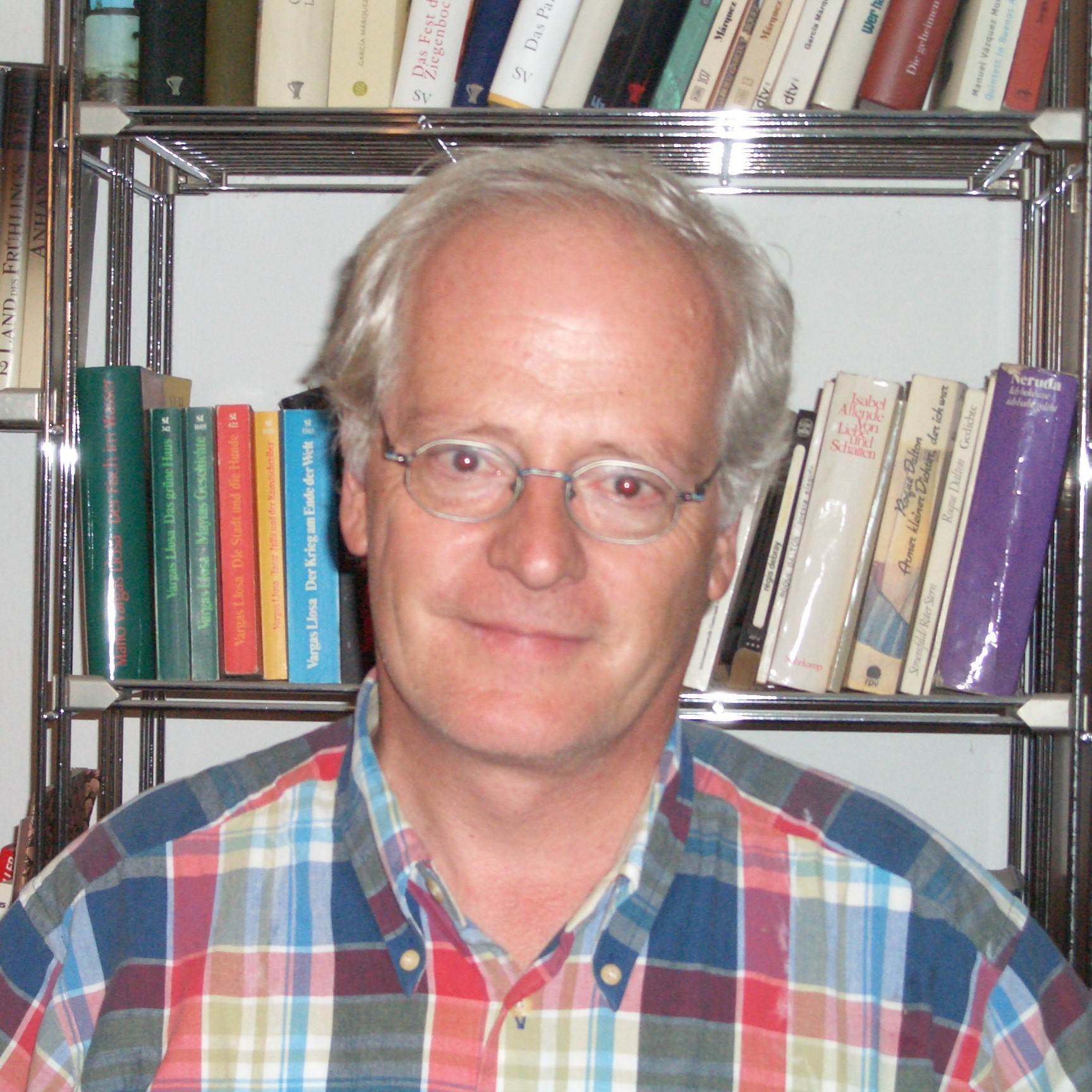German development cooperation is under fire. When drawing up the new budget for 2024, funding for development cooperation was cut by around 700 million euros compared to 2023. At the same time, the public debate about the efficiency and impact of German development aid is growing. In his essay, Roger Peltzer makes concrete proposals on how the efficiency of German development aid can be increased and how more market funds can be mobilized outside the budget for development financing.
The BMZ budget in 2024 was reduced by around 700 million euros compared to the budget estimates in 2023. This means painful cuts in many budget items. That is of course the wrong way to go. In principle, Germany should not only invest more in development cooperation in order to remain innovative and competitive and to contribute to cohesion in the One World. This would require lifting the debt brake and/or increasing taxes. However, there is currently no majority for this either in parliament or among the population. This is another reason why you have to think about how to get the most out of the available resources and opportunities.
At the same time, there is a growing public debate about the usefulness of German development cooperation. The development policy community would be well advised not to simply dismiss this criticism as statements by individual CDU, FDP or AFD politicians that should not be taken seriously.
The growing skepticism towards established politics is fed by widespread dissatisfaction with how public money is spent. One example of this is the discussion about the budgets of public broadcasters. For a long time, the directors tried to ignore this discussion or to react with rather marginal savings proposals. Now the “Council for the Future” set up by the Broadcasting Commission of the federal states has formulated very far-reaching proposals for the reform of ARD and ZDF, partly due to increasing public pressure.
This kind of fundamental reform debate is currently affecting many areas of government action: halving the approval times for wind turbines, extensive reform of the public building administration in order to get building applications and new buildings off the ground much more quickly, and so on. Development cooperation must also face up to this discussion on efficiency in order to a) maintain their credibility and b) to generate as much benefit as possible for international cooperation from existing resources and structures. There is much to suggest that, while maintaining the benefits for the recipients in the countries of the global South, massive savings can be made in the processing costs of development cooperation. There is much to suggest that hundreds of millions of euros can be sensibly reallocated or mobilized outside the budget.
What is it about?
1. Mobilization of local resources
The traditional understanding of development cooperation assumes that financial transfers must flow from the North to the Global South. The fact is, however, that there are often large financial resources available in the Global South that have not been used or have been used far too little for development financing. For example, commercial banks in many African countries have large amounts of unused liquidity. The same applies to the pension funds in these countries. In Africa alone, this is likely to amount to several billion euros.
One of the reasons why these funds cannot be used to finance development is that savers in these countries only invest their money in the short term, meaning that it cannot be used to refinance long-term loans. Due to local legislation, pension funds are often not permitted to invest, for example, 5% or 10% of their investments in start-ups. If this were possible, the lively start-up scene in Kenya or Nigeria could be financed locally to a large extent without having to resort to “development funds” from the West.
If you want to mobilize more local resources, you have to approach the regulation in the respective countries via consulting. However, much more thought must also be given to partial guarantees or other forms of partial risk assumption (first loss) by donors in order to mobilize 80% of local resources through this lever when using, for example, 20% DC financing. Of course, this local 80% does not contribute to the ODA quota, but this should not be the decisive criterion for meaningful development financing.
2. combination of market funds with budget financing
For many years, KfW Entwicklungsbank has refinanced its loans for development projects not only through budget funds (HA), but also through funds raised on the capital market. Through a clever combination with the HA funds used, the funds refinanced via the market can also be largely counted towards the German ODA quota. These market funds used for development loans at KFW have exceeded the funds from the BMZ budget for financial cooperation for years – in some cases significantly.
The business model of DEG-Deutsche Investitions- und Entwicklungsgesellschaft also follows this logic of using funds from the capital market to finance companies in developing countries, rather than from HA. With around 1.5 billion financing commitments per year, DEG plays a much smaller role in development financing than its parent KfW, but together with its sister organizations from other countries, it nevertheless plays an important role in enabling investment projects in the Global South.
Now the financing potential of both KfW Entwicklungsbank and DEG is being massively restricted by increasingly restrictive regulation. Both are subject to the same degree of supervision by BAFIN (Financial Supervisory Authority for Banks) as commercial banks. Actually, this makes no sense, as KFW and DEG are supposed to provide financing precisely when commercial banks are not prepared to bear the corresponding risks. However, BAFIN and other regulatory requirements de facto force KfW and DEG to base their investment decisions on the same risk calculations as commercial banks.
The extremely bureaucratic regulation and the associated costs mean that DEG no longer sees itself in a position to finance investments by SMEs in the Global South from its own funds: too risky (according to BAFIN criteria, not actual), too labor-intensive. DEG has also withdrawn from certain forms of agricultural financing. These segments are now covered by the provision of HA funds, e.g. for DEG’s Africa Connect program (now Global Connect) or for KfW’s AATIF fund (agricultural financing). As these HA funds are not subject to regulation, these instruments can provide cost-effective and flexible financing. This is actually completely absurd: one form of state financing (KfW and DEG are state-owned companies) is only possible with regulation, the other is not.
However, KfW Development Bank is also limited in its options by excessive regulation and requirements from the Minister of Finance. For example, the expansion and maintenance of the port of Douala in Cameroon has been financed for decades by FC loans, which the Cameroonians have all dutifully repaid. FC now – understandably – has other priorities in Cameroon. However, the KFW development bank could of course now step in with market funds for such a long-standing customer with a good credit rating. However, it cannot do this because the federal government does not provide the corresponding guarantee framework. Then it is better to leave the field to financiers from the Emirates or China.
It is therefore time to thoroughly rethink and revise the entire regulatory and risk protection structure of KfW and DEG. A lot can be optimized there without increasing the default risks. In this way, additional funds can be generated for development financing without burdening the budget.
3. the separation of Financial Cooperation (FC) and Technical Cooperation (TC) and GIZ’s business model
When comparing the handling of bilateral development cooperation in Germany with that in France, it is particularly noticeable that in France FC and TC are united under one roof, namely that of the AFD (Agence Francaise de Developpement). In 2022, the AFD pledged funding of around 12 billion for the Global South. This roughly corresponds to the amount of the BMZ budget (although AFD presumably also uses market funds in a similar way to KfW Entwicklungsbank). However, while GIZ and KfW Development Bank together employ around 26,000 people, 25,000 of them at GIZ, AFD manages the same volume with around 5,000 employees.
There are certainly a number of country-specific features that partly explain these differences. However, most of the difference can be explained by the fact that GIZ pursues a rather unique business model worldwide. It carries out Technical Cooperation on its own behalf, i.e. it deploys its own staff to implement its projects in the Global South. KfW Development Bank, on the other hand, invites tenders for the implementation of financial cooperation projects, both for the necessary advisory services and for the delivery of the “product” (roads, wind turbines, health stations, etc.). In this respect, the construction of a road in an EL is not supervised by a KfW civil engineer, but by a commissioned consulting firm.
The reason given for the specific nature of GIZ’s business model is that the provision of advisory services, GIZ’s core business, is of a different nature than the financing of infrastructure, as provided by KfW Development Bank.
And indeed, GIZ can point out that donors from other countries, large private foundations and even the EU sometimes make use of GIZ’s advisory structures to implement their own projects on the ground.
Overall, however, it is certainly the case that a large proportion of GIZ advisors on the ground could easily be replaced by external specialists and, above all, local executing agencies. The comparison with the AFD alone shows this. This would be more cost-effective and efficient in many respects. The very specific German constellation of separating FC and TC must also be fundamentally questioned. This is also problematic, not least because FC and TC work together in many projects, which entails enormous bureaucratic friction losses compared to an organizational solution in which FC and TC are delivered from a single source. It would certainly be interesting to hear representatives of the AfD explain how the model of FC and TC from a single source works for them.
4. reduction of bureaucracy and streamlining of processes
Like almost all other areas of public administration, the administration of development cooperation is characterized by increasing bureaucratization. On the one hand, this is due to constantly increasing regulatory and compliance requirements. However, increasingly lengthy decision-making and coordination processes (with the corresponding number of meetings), the increasing reluctance of those responsible to make decisions, ever more complex hierarchies and sprawling organizational charts, duplicate structures and duplicate reporting, etc. are also typical.
There is a massive need for reform here. Many regulations make sense and of course the world cannot be turned back 30 years. However, it must be asked systematically whether each individual project must satisfy the totality of a large number of development policy objectives, especially since in reality this requirement is often taken into account in the submission of applications and in reporting by means of sophisticated “lyricism” anyway. It must also be asked whether small projects/projects must be assessed according to the same risk and target setting grids as, for example, a large hydropower plant.
Decisions can be delegated downwards and the number of people to be involved can be significantly reduced. Delegating tasks to external consultants and committees, especially in the Global South, offers considerable potential for savings and efficiency. The external structures of development cooperation could be significantly streamlined.
Conclusion
In the debate about the current savings in the BMZ budget, one astute observer asked whether any ambassador from a country in the Global South had complained about these savings? This was probably not the case, which of course also says something about the importance attached to German development cooperation in our partner countries. We remember the uproar in France when the AA decided to close the branches of 3 Goethe Institutes there.
On the other hand, German development cooperation has nothing to hide. The fact that Kenya, Uganda and Morocco now largely obtain their electricity from renewable energies is largely the result of German development cooperation, which was significantly better than the Chinese in this area. If German development cooperation succeeds in using its funds more efficiently and combining aid funds even better with market funds and local resources, it will be able to assert itself as a global player in the Global South in cooperation with its European partners.


